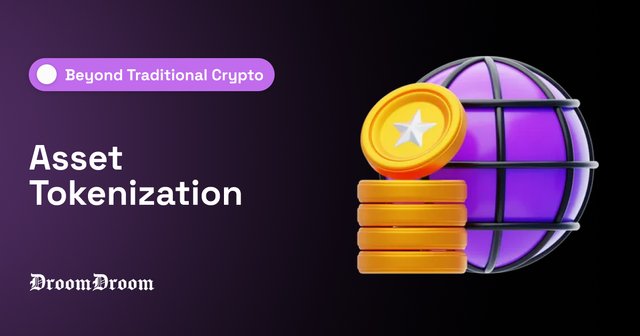To dive deeper, check out the complete article from original source:
https://droomdroom.com/understanding-asset-tokenization/
Asset tokenization bridges traditional finance and blockchain, converting real-world assets like real estate, art, and commodities into digital tokens. 🌟 These tokens, created on networks like Ethereum and Solana, enable fractional ownership, global market access, and seamless transfers, making assets more accessible and liquid.
💡 Types of Tokenization
Fungible Tokens: Interchangeable units like Bitcoin, allowing fractional ownership.
Non-Fungible Tokens (NFTs): Unique digital assets, ideal for art or intellectual property.
🚀 Key Benefits
Market Efficiency: Global access breaks geographical barriers.
Fractional Ownership: Own shares of high-value assets like real estate or art.
Immutability: Blockchain ensures secure and transparent records.
Liquidity: Smaller fractions attract more buyers.
🔧 Challenges
Regulatory Hurdles: Varying compliance across jurisdictions.
Market Trust: Educating investors on tokenization benefits.
Security Risks: Robust protocols needed to prevent hacks.
🎨 From tokenized art to equity and commodities, tokenization opens endless possibilities. Powered by smart contracts, it automates asset management and ensures transparent trading.
📈 As the digital asset market grows, tokenization is set to revolutionize ownership, bridging the gap between traditional and decentralized finance.
